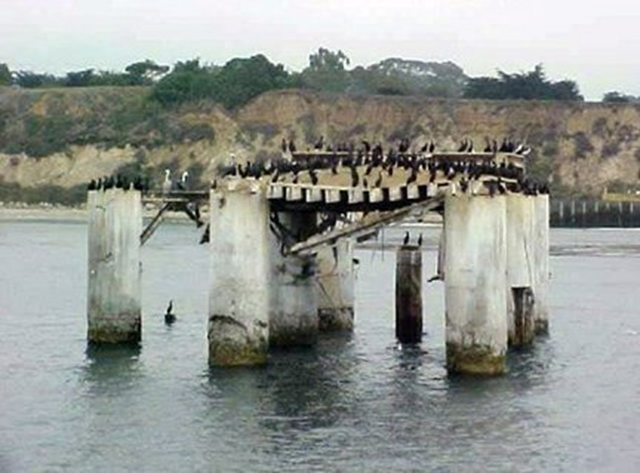3,200 Gulf oil wells unplugged, unprotected
By JEFF DONN, AP National Writer
20 April 2011 More than 3,200 oil and gas wells classified as active lie abandoned beneath the Gulf of Mexico, with no cement plugging to help prevent leaks that could threaten the same waters fouled by last year’s BP spill, The Associated Press has learned. These wells likely pose an even greater environmental threat than the 27,000 wells in the Gulf that have been plugged and classified officially as “permanently abandoned” or “temporarily abandoned.” Those sealed wells were first tallied and reported as a major leaking threat in an investigative report by the AP in July. The unplugged wells haven’t been used for at least five years, and there are no plans to restore production on them, according to the federal government. Operators have not been required to plug the wells because their leases have not expired. As a result, there is little to prevent powerful leaks from pushing to the surface. Even depleted wells can repressurize from work on nearby wells or shifts in oil or gas layers beneath the surface, petroleum engineers say. But no one is watching to make sure that doesn’t happen. The addition of the unused but officially active wells, as documented in a list provided to the AP by federal officials under the U.S. Freedom of Information Act, means at least three-fifths of the 50,000 wells ever drilled in the Gulf have been left behind with no routine monitoring for leaks. The 27,000 decommissioned wells were drilled mostly on federal leases that have now expired. Government rules for expired leases on the sea floor require operators to plug the wells or make plans to reuse them within a year. In its original report, the AP documented how oil and gas companies regularly flouted the rules regarding temporary abandonment, with some wells “temporarily abandoned” since the 1950s. Rules for unexpired leases are different, and have allowed operators to simply walk away from idle wells. Some of the roughly 3,200 unsealed wells contained in the latest list were drilled 60 years ago, and most are more than 10 years old. …
